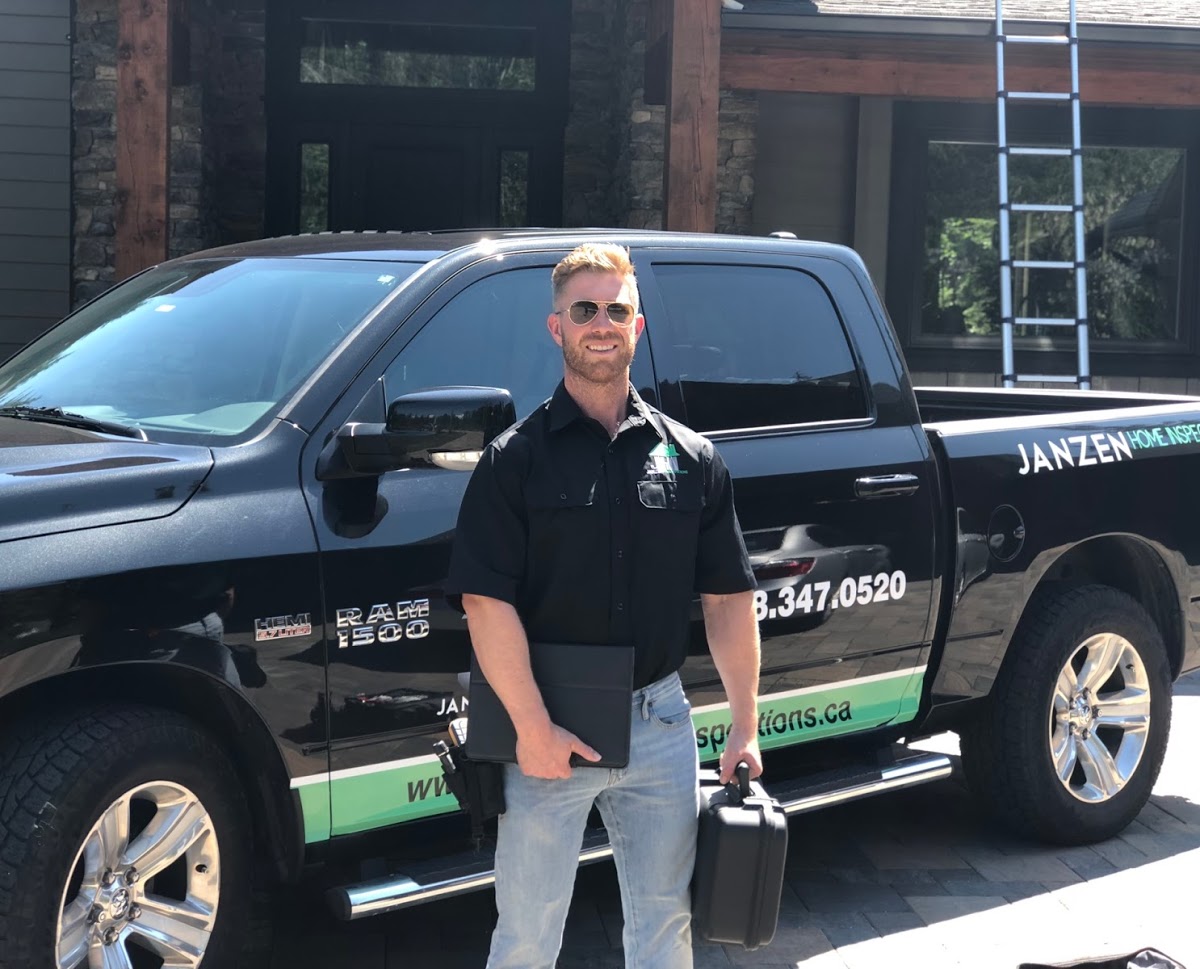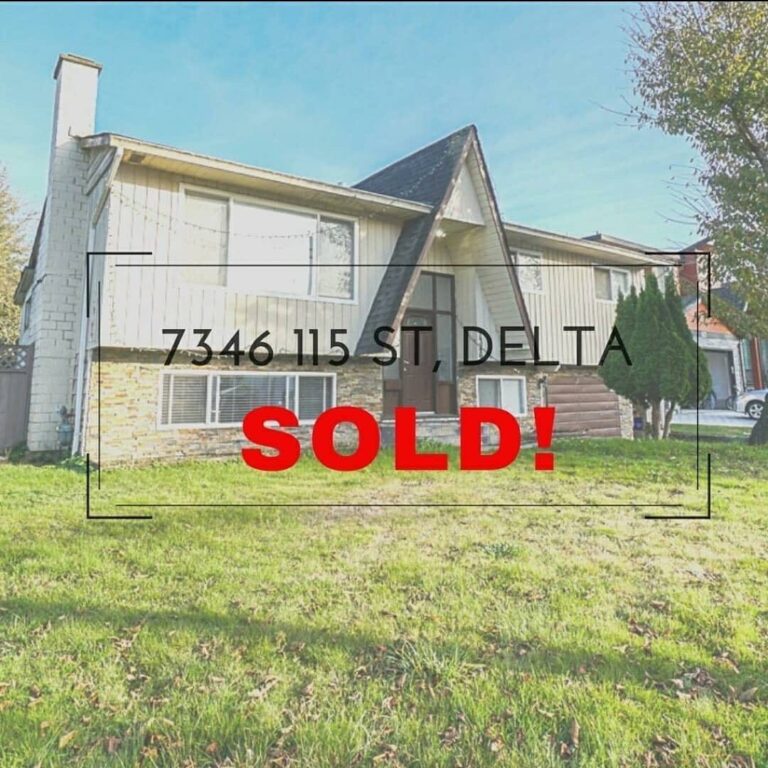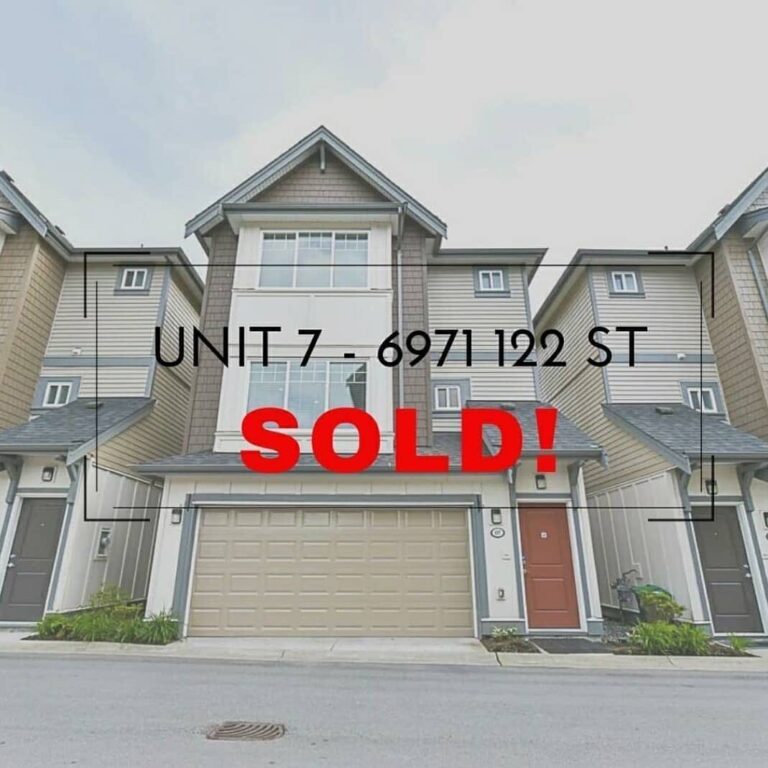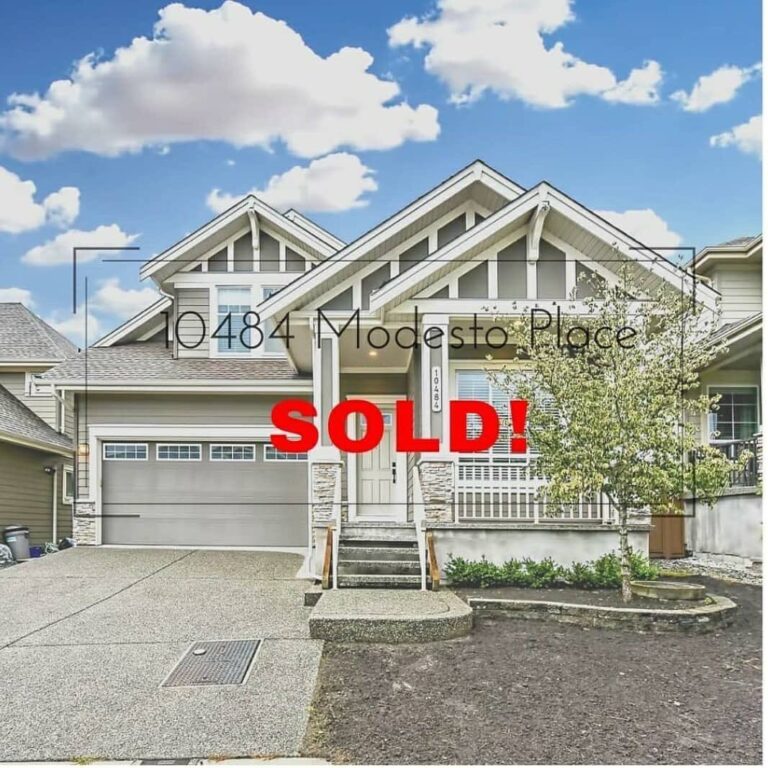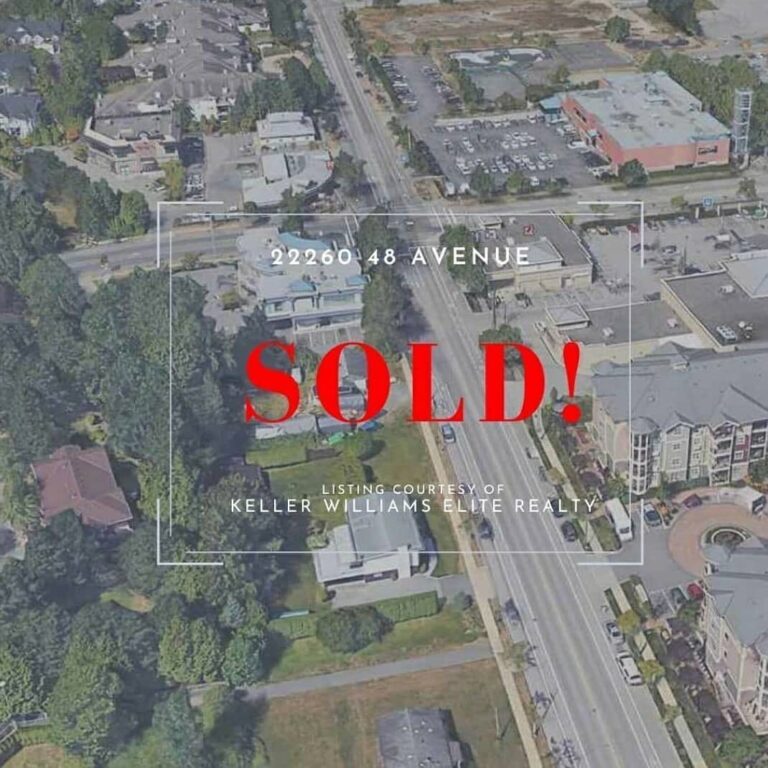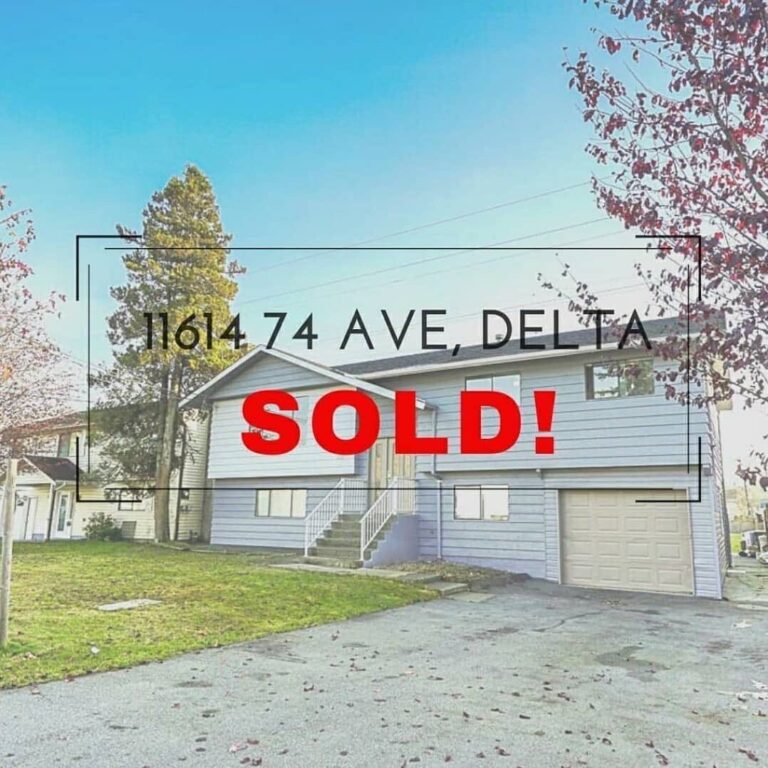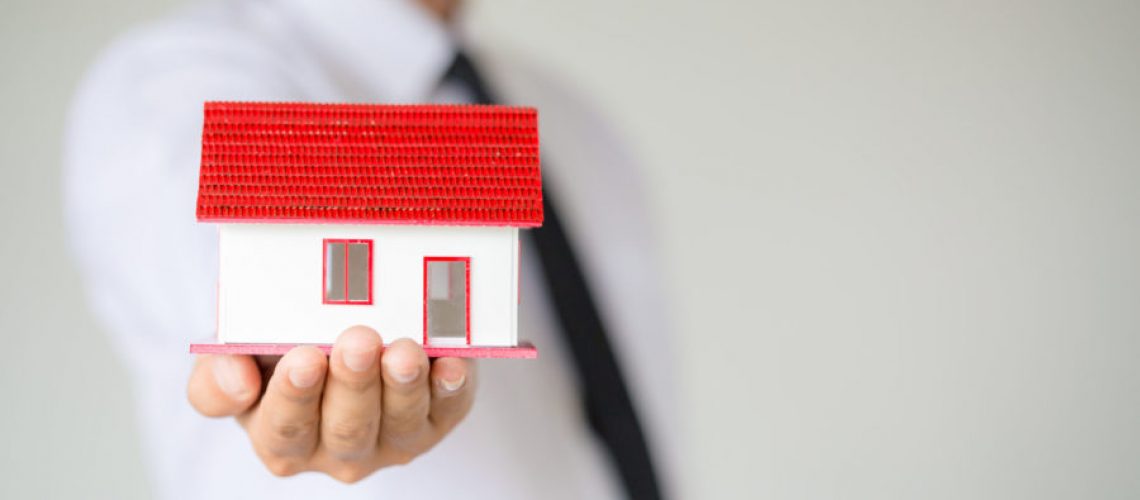

Kevin Gill
How to Save up for Downpayment
- May 2, 2020
- , 5:57 pm
- , Buyer
HOw to Save up for your downpayment?
As you should be well aware, you need to bring something (cash!) to the table when buying a house. In Canada, depending on the purchase price of the house, you are required to pay down a minimum of 5% or more of the value of the property before closing.
Planning ahead for your down payment is a part of the financial planning that should be done before you start shopping around for a house.
Potential strategies to save for your down payment include:
1) Set A Savings Goal and Start Saving
Let’s start with basic old-fashioned savings. To save up for your down payment on that “dream house”, start with setting a savings goal, budgeting and then spending less than you earn. Cut your expenses, open a savings account, and start saving. Setting up an automatic saving schedule can help with sticking to the plan and staying disciplined.
There are several ways different people can cut their expenses. A few that come to mind include: packing a lunch for work and eating out less, spending less on luxury items, avoiding expensive vacations, etc.
2) Tax Free Savings Account (TFSA)
If you are at least 18 years of age, you are eligible to contribute to a TFSA account. The TFSA comes with a lot of advantages including that investment income earned is tax-free and you can withdraw funds from your account at any time without any tax implications.
TFSA contributions can be carried forward from one year to the other. If you have never contributed to a TFSA (and have been eligible since its inception in 2009), your total contribution room in 2020 is $69,500.
You can invest in almost anything through your TFSA including mutual funds, Guaranteed Investment Certificates, stocks, bonds, high-interest savings account, etc. Since interest earned on investments in a TFSA savings account is tax-free, your savings goal may be realized earlier. Remember to tailor your investments with your investing time frame in mind.
3) Borrow From Your Registered Retirement Savings Plan (RRSP)
You can borrow up to $35,000 from your RRSP in order to purchase your first home. This is made possible through the Home Buyer’s Plan. With this plan, a first-time homebuyer can dip into their RRSP and withdraw up to $35,000 (or $70,000 for a couple) for use towards the purchase of a home.
You have up to 15 years to repay the amount withdrawn back to your RRSP. Repayments to your RRSP are expected to start from the second year after you made the withdrawal. If repayments are made as at when due, there is no tax implication or penalty for withdrawing the funds..
4) Monetary Gifts and Windfalls
15% of Canadian first-time homebuyers who bought homes between 2014 – 2016 received some level of financial assistance (gifts from parents and family members). Saving monetary gifts can go a long way to meet your down payment savings goal. Additionally, saving other windfalls that come your way such as a bonus or raise at work, will help you reach your savings goal much faster.
5) Create Additional Streams of Income
Have you been considering taking on that side gig or freelance work? Well, maybe it’s time to get on it. Increasing your income will definitely make it easier for you to meet your down payment savings goal. Consider selling off items you no longer need on portals like Craigslist, Kijiji, etc. This way, you can de-clutter and increase your savings at the same time. Doesn’t get any better than that.
6) Save Your Tax Refund
When you file your taxes, what do you do with the tax refund? Depending on your income, tax deductibles, RRSP contributions, etc., a tax refund can make a significant impact to your down payment goals. If you plan on utilizing the Home Buyers’ Plan, maximizing your RRSP contributions will increase your tax refund as well as increase the funds in your RRSP that are eligible for withdrawal.
How much down payment should I budget for?
The answer to this question is easy – as much as you can afford to put down! While there is the minimum 5% down payment required when purchasing a house that is $500,000 or less, the higher the down payment you can put down, the lower the interest you will pay over the life of your mortgage.
Additionally, if your down payment is less than 20% (i.e. high-ratio mortgage), you must obtain mortgage default insurance which becomes an additional add-on cost of home ownership. In the long-run, the decision is yours to make.
When we purchased our home, the 5% down payment was all we could afford plus closing costs. Therefore, we were required to obtain mortgage loan default insurance.


